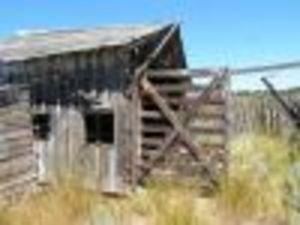Settled on the border of Nepal and Tibet in China is Mount Everest, also known as Chomolungma, which means “Goddess Mother of the World” in Tibetan and Sagarmatha in Sanskrit, which means “Ocean Mother” is a 1500 mile long mountain range. The range was formed over 70 million years ago in the area that is currently known as the Himalayas. According to About.com, in 1852, an Indian surveyor named Radhanath Sikdar determined that Mount Everest, with a height of 29,000 feet, was the tallest in the world. Today, with the help of more advanced technologies, scientists have determined its height as 29,035 feet above sea level.
Contrary to what many believe, Mount Everest is not noted to be one of the most enduring and challenging mountains to journey up (K2, the world’s second highest mountain at 28,251 feet, is far more difficult), the risks and danger of Mount Everest are mostly due to the extreme avalanches, lowered oxygen levels, and deathly cold temperatures (in July, the high temperature rarely reaches above the negative numbers and in January the low is usually around minus 76 degrees Fahrenheit). Even still, climbing to the top has been a goal of many mountain climbers for many decades, and over 2000 of them have overcome its greatness. However, due to the high risks, the government of Nepal requires each climber to purchase a permit that can run anywhere from $10,000 to $25,000. After adding in the cost of equipment, trained guides, additional permits, and other various supplies, the cost per person can come out more near $65,000.
The first successful climb took place in 1953, where New Zealander Edmund Hillary and Nepalese Tenzing Norgay reached the top at 11:30 AM on May 29, 1953, after 7 weeks of climbing. Unfortunately, not all climbers are as lucky as Hillary, Tenzing, and their followers, starting with attempts ending in tragedy as early as 1921, when Nepal opened its borders to allow foreigners access to the mountain. Since then, over 200 people have died during the climb, which gives the mountain a death rate of nearly 1 in 10. In 1996 Mount Everest experienced one of its most tragic climbing seasons so far, with the deadliest day being May 11th. On this day, eight of the eleven climbers lost their lives during the groups decent from the mountain. By the end of the year, seven more climbers lost their lives, which lead to the questioning of the public opening of Everest – many began believing the mountain was too dangerous for commercial climbers, and should be closed.
But despite the obvious dangers, every year when the climbing season begins in summer, there can be tons of climbers found attempting to reach the top of this great mountain every day.
Resource:
– Mount Everest – Overview of Mount Everest – About.com:Geography
Author: Matt Rosenberg


